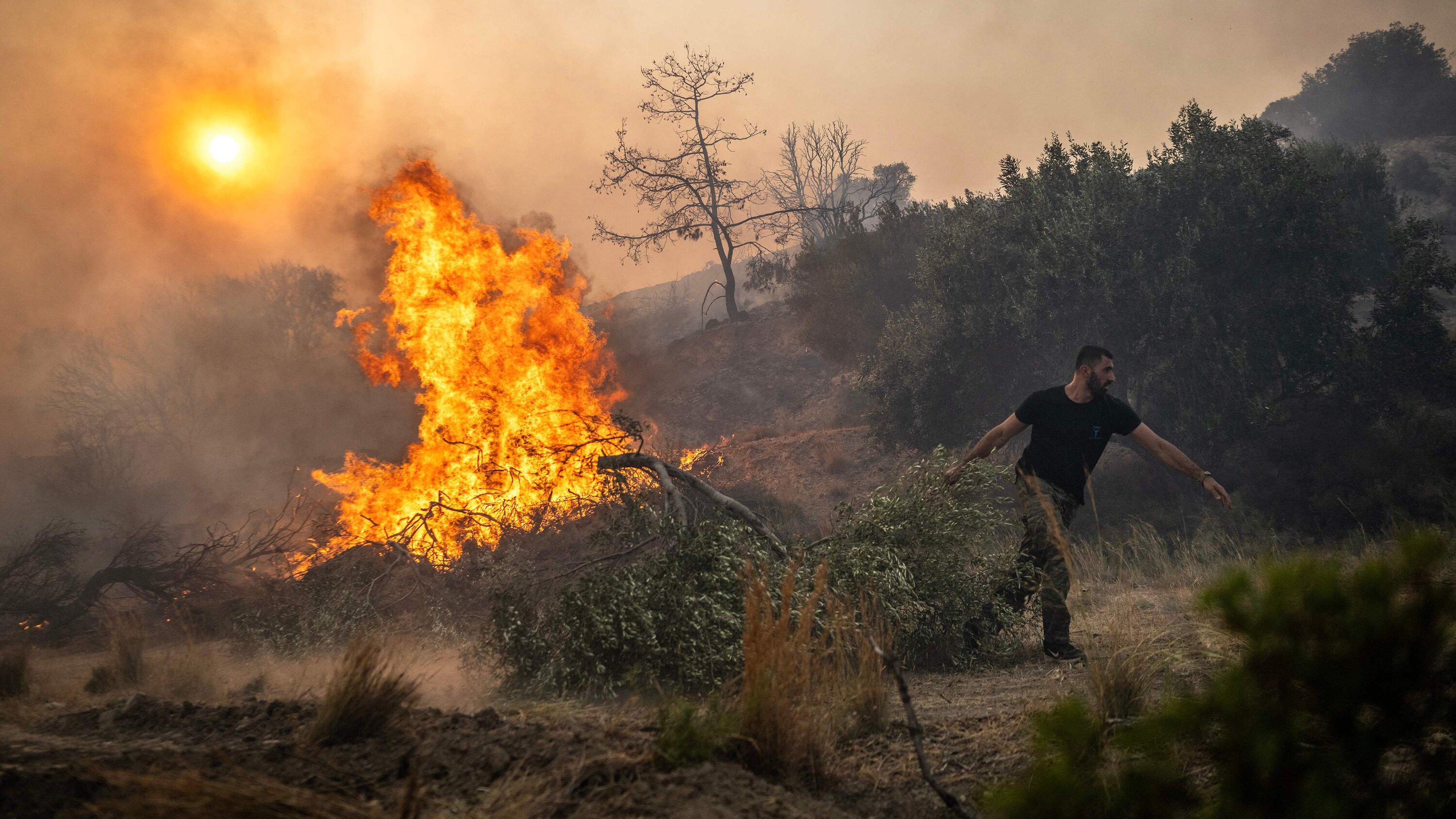Europe is experiencing one of its most extreme heatwaves in recent memory, with temperatures soaring well above seasonal averages and wildfires breaking out in several countries. From Spain to Türkiye, the impacts are being felt in everyday life, infrastructure, and travel. Weather agencies across the continent have issued alerts as residents, tourists, and authorities scramble to cope with the rising heat and its cascading effects.
This week, the city of Seville in Spain recorded a scorching 42 degrees Celsius, while many regions in Portugal and Italy reported temperatures nearing or exceeding 43 degrees. The United Nations Secretary General António Guterres, who was present in Seville, stated that extreme heat is no longer an exception but a recurring crisis. He called for faster global action to combat climate change, highlighting that greenhouse gas emissions from fossil fuels remain a primary driver of this worsening climate condition.
In Türkiye, wildfires have intensified in several regions due to dry winds and relentless heat. The airport in İzmir was forced to shut down temporarily, and over fifty thousand people have been evacuated from multiple provinces, including more than forty thousand in İzmir alone. Blazes in Hatay, close to the Syrian border, prompted evacuations of over fifteen hundred residents. Emergency authorities have been working tirelessly to contain the fires and safeguard residential areas.
Portugal issued red level heat alerts for seven of its eighteen districts as temperatures approached 43 degrees Celsius. Spain, experiencing its first major heatwave of the season, reported its highest June temperature average since 1950. Relief is expected only by July 3, when rain may provide temporary comfort to some parts of the country.
France has also come under pressure with the first significant forest fires of the season destroying nearly four hundred hectares of woodland in the southern Aude region. Water dropping aircraft and around three hundred firefighters were mobilised to manage the spread. Paris set up misting stations along the Seine River to help residents and tourists cope with the heat. Cooling shelters and increased support for the elderly and homeless have become urgent necessities.
Italy’s Health Ministry has placed twenty one cities under red alert due to temperatures posing potential health risks even for those without pre existing conditions. Regions like Liguria and Sicily have restricted outdoor work to reduce heat related illnesses. Meanwhile, the northern parts of the country have seen heavy rains and flash floods, with areas near Turin facing muddy conditions after the Frejus River overflowed.
In Britain, the Wimbledon tennis tournament is on track to become one of the hottest starts in its history. Temperatures are nearing the thirty degree mark, with rules allowing players to take breaks when the heat exceeds 30.1 degrees Celsius during matches.
Germany has issued heat warnings across the western and southwestern regions. The high temperatures have led to reduced water levels in the Rhine River, affecting cargo shipping and increasing freight costs. Residents have been advised to conserve water and stay indoors during peak heat hours.
Greece remains on high alert as well. A major wildfire erupted south of Athens, causing evacuations near the ancient Temple of Poseidon. With hot winds fueling the spread, fire crews and emergency services have deployed helicopters, aircraft, and hundreds of firefighters to control the blaze. The heatwave is expected to persist through the weekend in many parts of Greece, including the Aegean coast.
For residents and travellers across Europe, the question remains whether the relief will come soon. Experts predict that mid to late week, cold fronts will push the heatwave southward. However, the highest temperatures will continue to affect Eastern Europe, the Mediterranean, and the Iberian Peninsula through the weekend. While rainfall is expected to offer some comfort in certain areas, the heat is likely to persist in many others.
This ongoing situation not only underlines the challenges of living in a warmer world but also raises concerns for tourism and infrastructure readiness. Travellers planning to visit any of the affected countries are advised to stay updated on local weather conditions, follow safety advisories, and avoid strenuous outdoor activities during peak heat hours.
To stay updated on global travel stories, weather disruptions, and eco tourism insights, follow Travel Moves on Instagram and Facebook.








